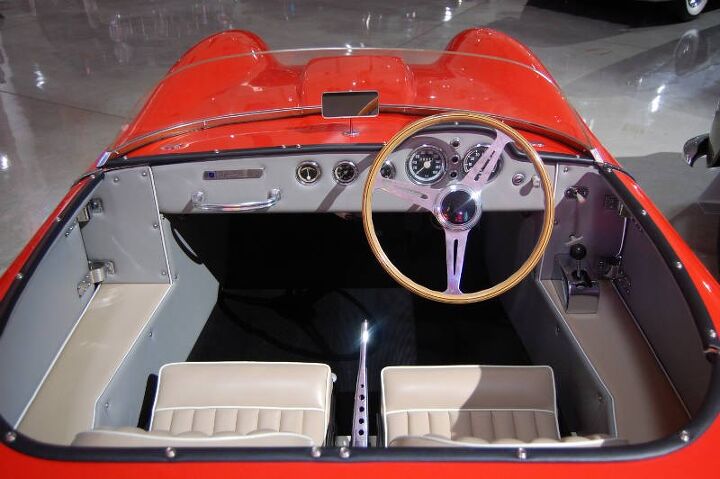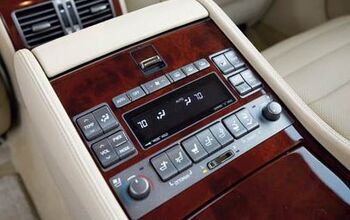3 Views
Ask The Best And Brightest: Benchmark Interior?
by
Edward Niedermeyer
(IC: employee)
Published: November 11th, 2009
Share
Ryv asks:
Whenever I read a TTAC car review or read comments I see nothing but complaints of hard plastics and ill fits. It made me wonder, is there some ideal vehicle interior out there being held as the standard to all others? I sat in a Lamborghini Gallardo at last years NAIAS and thought the suede covered dash looked ridiculous – but thats probably the opposite of the hard plastics people complain about. Maybe I am just interior challenged that I don’t notice these things but unless my dash is peeling, and as long as it’s pretty intuitive control wise, it’s appealing. So what is the benchmark interior, the standard that all interiors should strive towards?
Edward Niedermeyer
More by Edward Niedermeyer
Published November 11th, 2009 5:44 PM


































Comments
Join the conversation
Like stevelovescars, GM's early-90s soft-touch plastics ruined me on "soft plastics." Just hearing someone beg for more of them makes my skin crawl. My dad's company cars were always Cavaliers between the death of the K-car and the launch of the Gen2 Prius and every one of those Cavs were grotesque. I'm disliking the center-stack in many cars, small FWD compacts especially. I'm 6'-3, all my height is in my legs, and I prefer to sit as close to the steering wheel as my knees comfortably allow for better arm/shoulder ergonomics. This rules out almost all small cars I've driven with few exceptions as I don't like dislocating my right kneecap (I could tolerate the Mazda3 as long as I never put the ignition key on a keychain, and the Suzuki SX4 was tolerable). I miss the days when FWD cars showcased their layout with vast open expanses of tunnel-less front footwell. My first personal experience was the 1984 Plymouth Voyager (whose interior had its own problems, i.e. flat/boring compartment-less passenger knee bolster, cupholders that only worked if the car was stationary, but it was an early cupholder adopter), but the pic I found of the mid-60s Toronado illustrates it well: http://www.automobilemag.com/features/collectible_classic/0806_1966_1967_oldsmobile_toronado/photo_01.html
I'm with cdotson - most cars with wide center consoles don't have enough legroom to keep your leg from rubbing on some hard, chintzy plastic. I once had to drive 600 miles in a rental Sebring - and the cruise control broke. My right knee was nearly rubbed raw... That Toronado is a beauty - but I imagine having to hold on for dear life while making a hard left turn (lap belt mandatory!)
Mercedes W124 - plush but no nonsense. http://img.photobucket.com/albums/v212/BrodieDub/500E/Dash.jpg
The best, bar none, is the interior of the Spyker C8 Spyder. Toggle switches, nice gauges, and everything is polished metal or leather. I like it even better finished with a leather dashboard, rather than the diamond-plated aluminum. Among reasonably-priced cars, I think the mid-90s Toyota Camry is pretty hard to beat. Comfortable, soft, and felt more expensive than it was. The downturn in Camry interiors since is depressing.